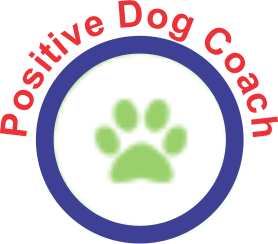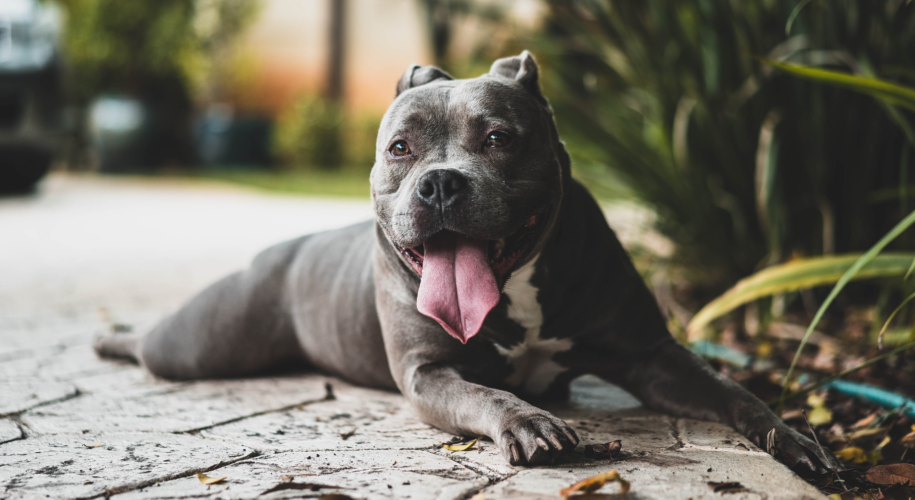The concept of emotional control makes sense and it doesn’t all at the same time. When I think of how I am feeling and my arousal level, when I am trying to help my puppy with her arousal level, one of us needs to be under control. That is me. I need to be calm and confident so that she can follow my lead.
Just like in athletics, I find it useful to use emotional control when working with my puppy. If I find myself getting frustrated or impatient with her, that frustration can have a negative impact on our training progress. It’s important for me to remember that dogs can sense our emotions through our actions and will react accordingly. By maintaining emotional control, I can create a more positive and effective training environment for her. This means staying calm, patient, and consistent in my interactions with my furry family member. It may not always be easy, but practicing emotional control will ultimately lead to better results and a stronger bond between me and Rylee.
Using Emotional Control
Imagine how you might feel when you look at the image for this article. Many dog owners first response is, I am going to go the other way and not allow my dog to get close. An immediate tension often comes to the surface where we are nervous, and maybe even scared of what could happen because of the reputation of the bully breed of dogs. Others would see the image and melt because the dog is amazing and always gets a bad rap because of the inhumane activities that many of them have to endure. I find if I get tense then I react to my dog in a tense way. My muscles get tense and I might even tighten up the leash on my fur baby. She then says “hey, what is going on?” “something is happening” From what I understand, this can cause her to then react perhaps out of fear, in any number of ways.
On the other hand, if I can maintain my emotional control and calmly say hi to the dog and owner, even if I am feeling nervous, my dog will be more likely to move with me confidently. I can do this even if I am moving her away or across the street because my dog is not ready for passing by other dogs without getting excited yet. The important thing for me is to be aware that my own tension can affect how I interact with Rylee. However, remaining calm can help my dog stay responsive and cooperative.
One of the ways I can practice emotional control is to use visualization and relaxation. This can sort of allow me to rehearse the event and take a deep breathe so that if I get tense, I will have a better chance at being calm and able to react in a positive way for my dog. Such as going in a different direction from the event. Being that she is well trained for loose leash walking, she will then feel confident that things are all good and we are just going in another direction.
Planning Emotional Control
When I am working with Rylee, I need to relax and be prepared for the training session and what we are going to work on. I can not get frustrated or excited when something is going to happen that we are rehearsing for example. When we are doing our training for greetings at the door, I need to make sure I take a breath and don’t get all tense because I need to try to create success for all of us. How she reacts will depend on how I guide her. If I am moving quickly and frantically trying to get her to where she needs to be, she will be moving around frantically as she tries to read my body with confusion.
Expectations
One of the ways I can maintain emotional control is to keep my expectations in check. When I am working on something with Rylee, I need to know what the desired outcome is for the skill that we are training. With that I need to make sure that I am not wanting her to do more than she is currently capable of doing. The training situation we are working on needs to match her abilities, and then gradually get more complex. For example, I am not going to take her to an off leash park where there are dogs running past us, and expect her to focus on me without getting excited and lunging towards them. It only makes sense.

